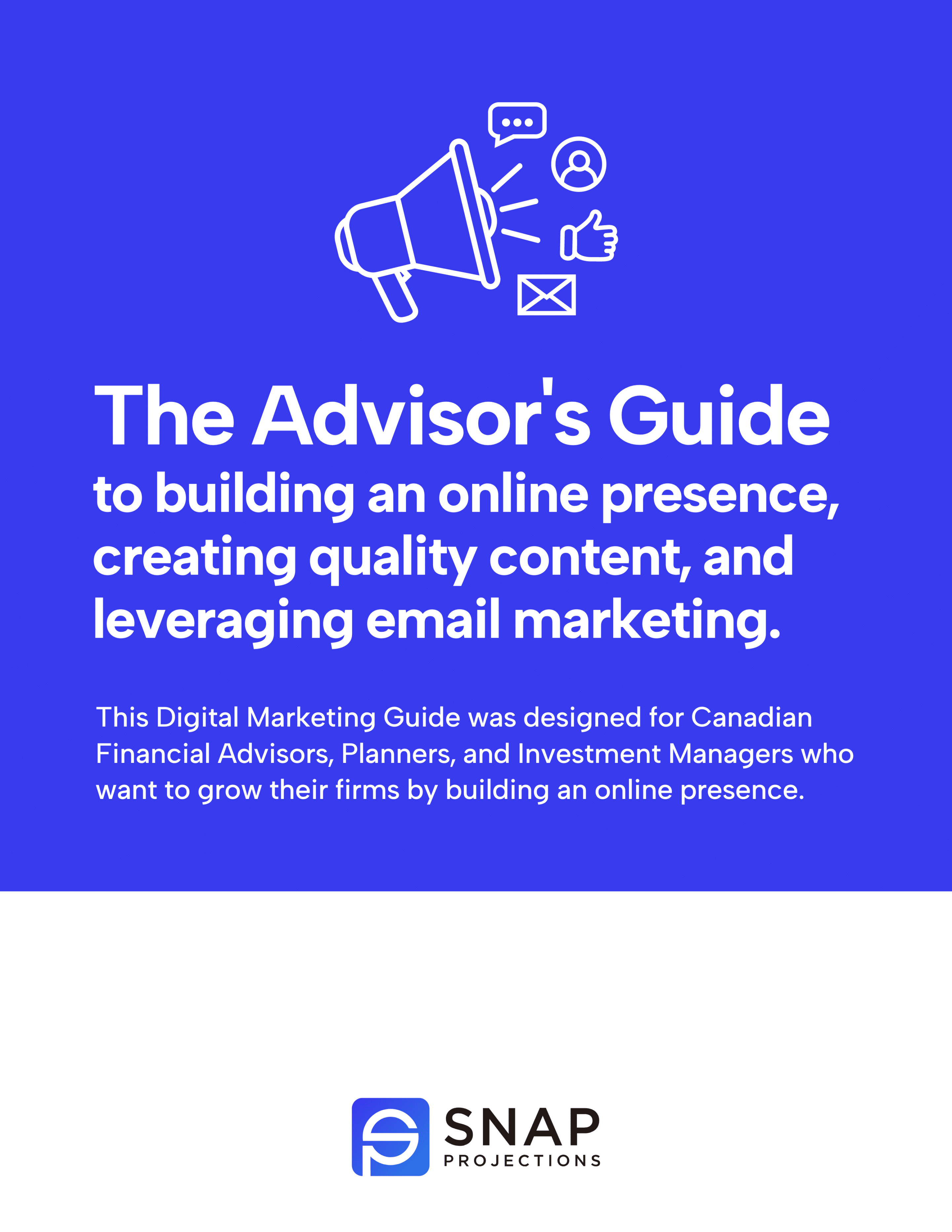Building the practice you want takes time and concentrated effort. In the beginning, you may find it works to be more generalized with who you can help.
But as your practice grows and evolves, at some point you will need to start making some decisions if you want to serve a specific segment of consumers. It may come down to what you’re good at, or maybe what you enjoy doing. If you want to shape your practice into a business that serves you, defining your target and ideal client is a must.
Once you have defined your target market — a.k.a. your ideal client — you will be able to tailor your services, marketing strategies, and communication to attract the right clients over time.
To keep things simple and remove barriers to moving forward, your own current areas of expertise are often the low-hanging fruit when it comes to quickly adding value. This is your first step below and a great place to start.
As you progress, you can work through the additional steps to expand.
Here is how to define your target market:
Conduct a self-assessment
Start by assessing your own strengths, expertise, and interests. Consider your qualifications, experience, and any specialized knowledge you possess. Identify the areas where you can offer the most value to clients.
Identify your niche
Determine if there’s a specific niche or industry segment that aligns with your expertise and interests. This could be retirees, business owners, professionals in a specific field, or individuals with specific financial needs. Focusing on a niche can help you stand out and become an expert in that area.
Research the demographics
Understand the demographic characteristics of your ideal clients. Consider factors such as age, income, occupation, education level, and family status. This information helps you tailor your services and marketing messages to resonate with your target audience.
Assess psychographics
Explore the psychographic aspects of your target market, including their values, attitudes, behaviours, and lifestyle. Understanding these factors can help you connect with clients on a deeper level and build stronger relationships.
Examine financial behaviours
Analyze the financial behaviours and attitudes of your target audience. Consider their risk tolerance, investment preferences, and financial goals. This information is crucial for tailoring your financial planning and Advisory services to meet their specific needs.
Consider geographic location
Determine if the geographic location plays a role in defining your target market. Some Advisors prefer to focus on a specific region or community where they have local expertise or connections, but in today’s digital world, that is no longer necessary.
Evaluate competitor focus
Analyze the market to understand the focus of other Financial Advisors and identify gaps or underserved segments. This can help you position yourself uniquely within the market.
Client compatibility
Consider the types of clients you enjoy working with and have been successful in serving in the past. Assess the compatibility between your working style and the preferences of your target market.
Review existing client base
Evaluate your current client base to identify patterns or commonalities among your most satisfied and loyal clients. This can provide insights into the types of clients you naturally attract and serve well.
Refine and test
Refine your target market definition as needed based on ongoing feedback and market changes. Consider testing your approach with a smaller segment of your marketing efforts before scaling it up.
By carefully defining your target market, you can create more effective marketing strategies, enhance client relationships, and build a reputation as a specialist in serving the specific needs of your chosen clientele.
How to create a Buyer Persona
Creating Buyer Personas is a valuable exercise for Advisors and Planners to better understand and tailor their services to the needs and preferences of their target clients.
They are also a great resource for your team to ensure everyone is on the same page and crystal clear about who the firm wants (and does not want!) to target. Everything you do in your marketing should tie back to these Personas.
Download your Buyer Persona worksheet from the Marketing Guide above.
Here is how to create your first Buyer Persona:
Define your target market
Start by identifying the overarching characteristics of your ideal client base. Consider demographics such as age, income level, occupation, and geographic location. This will serve as the foundation for your Buyer Persona.
Conduct market research
Gather data on your target market through market research. Use surveys, interviews, and other research methods to collect information about your audience’s financial goals, challenges, values, and preferences. This can be done as easily as sending an email with a few questions out to your current and/or preferred clients.
Segment your audience
Divide your target market into distinct segments based on common characteristics. For example, you might have different Buyer Personas for young professionals, families with children, or retirees.
Identify pain points and goals
Understand the specific financial challenges and goals that your target audience faces. What are their pain points, and what are they trying to achieve? This information will help you tailor your services to address their unique needs.
Consider financial behaviours
Explore the financial behaviours of your target audience. This includes their attitudes toward risk, investment preferences, savings habits, and other financial decision-making factors.
Evaluate communication preferences
Determine how your target audience prefers to receive information and communicate. Some clients may prefer in-person meetings, while others may be more comfortable with digital communication channels. Adjust your communication strategies accordingly.
Create persona profiles
Develop detailed persona profiles for each segment of your target market. Give each persona a name and include information such as age, occupation, financial goals, challenges, and preferred communication channels. Be as specific and detailed as possible.
Include personal details
Incorporate personal details into your personas to make them more relatable. Consider factors such as hobbies, interests, and lifestyle choices that might influence their financial decisions.
Use real stories or testimonials
If possible, include real stories or testimonials from clients who fit your personas. This adds authenticity and helps you better understand how your services can positively impact individuals in each segment.
Refine Over Time
Buyer Personas should be dynamic and evolve over time. Regularly review and update your personas based on new insights, changing market conditions, and feedback from clients.
By creating detailed Buyer Personas, Advisors can align their services, marketing messages, and communication strategies with the specific needs and preferences of their target audience. This personalized approach enhances client relationships and increases the effectiveness of marketing efforts.
If you want to connect with your ideal clients, the marketing messages and information you put out needs to resonate. If you try to reach everyone, you will wind up reaching no one. Speak your ideal clients’ language and tailor your services and marketing to meet their specific needs. This is the first step to building the practice you want.
Snap Projections provides Canadian Financial Advisors, Planners, and Investment Managers with planning software that is transparent, easy to use, and highly flexible. Advisors are eligible to start a 14-day Free Trial of Snap Projections financial planning software.


